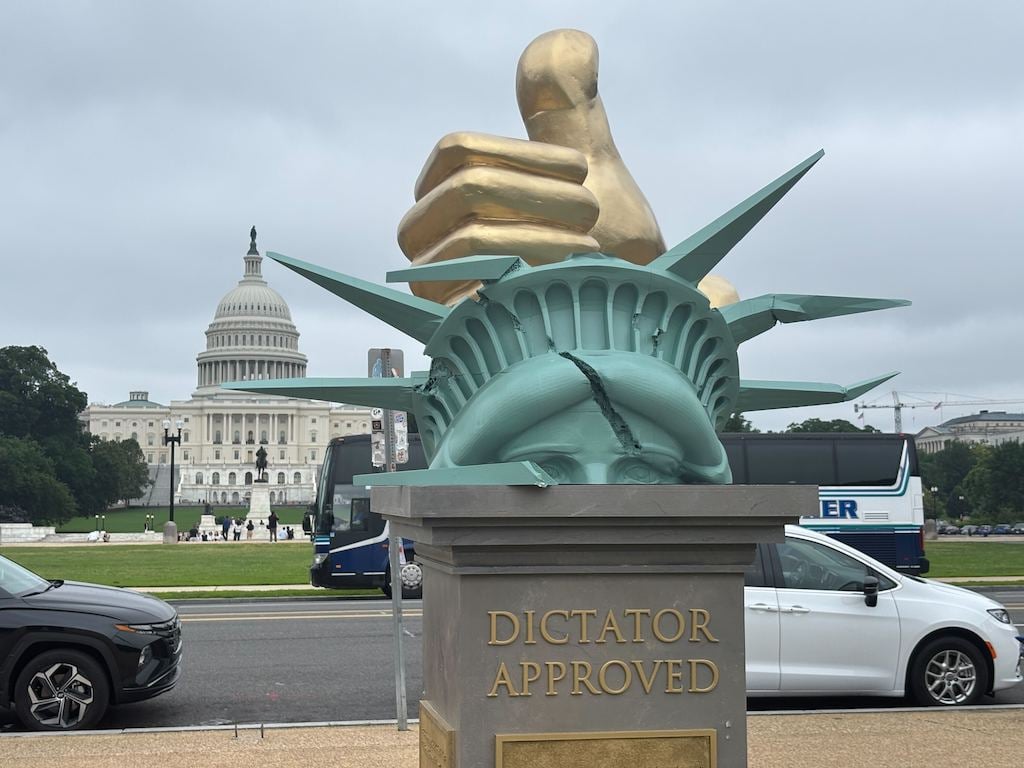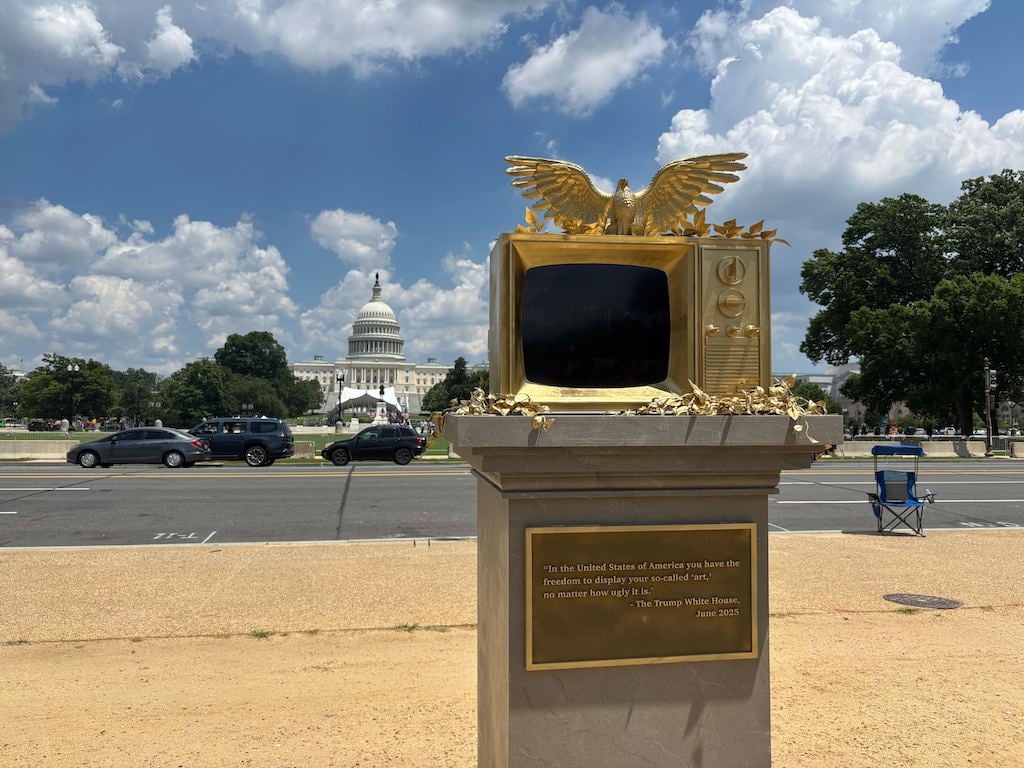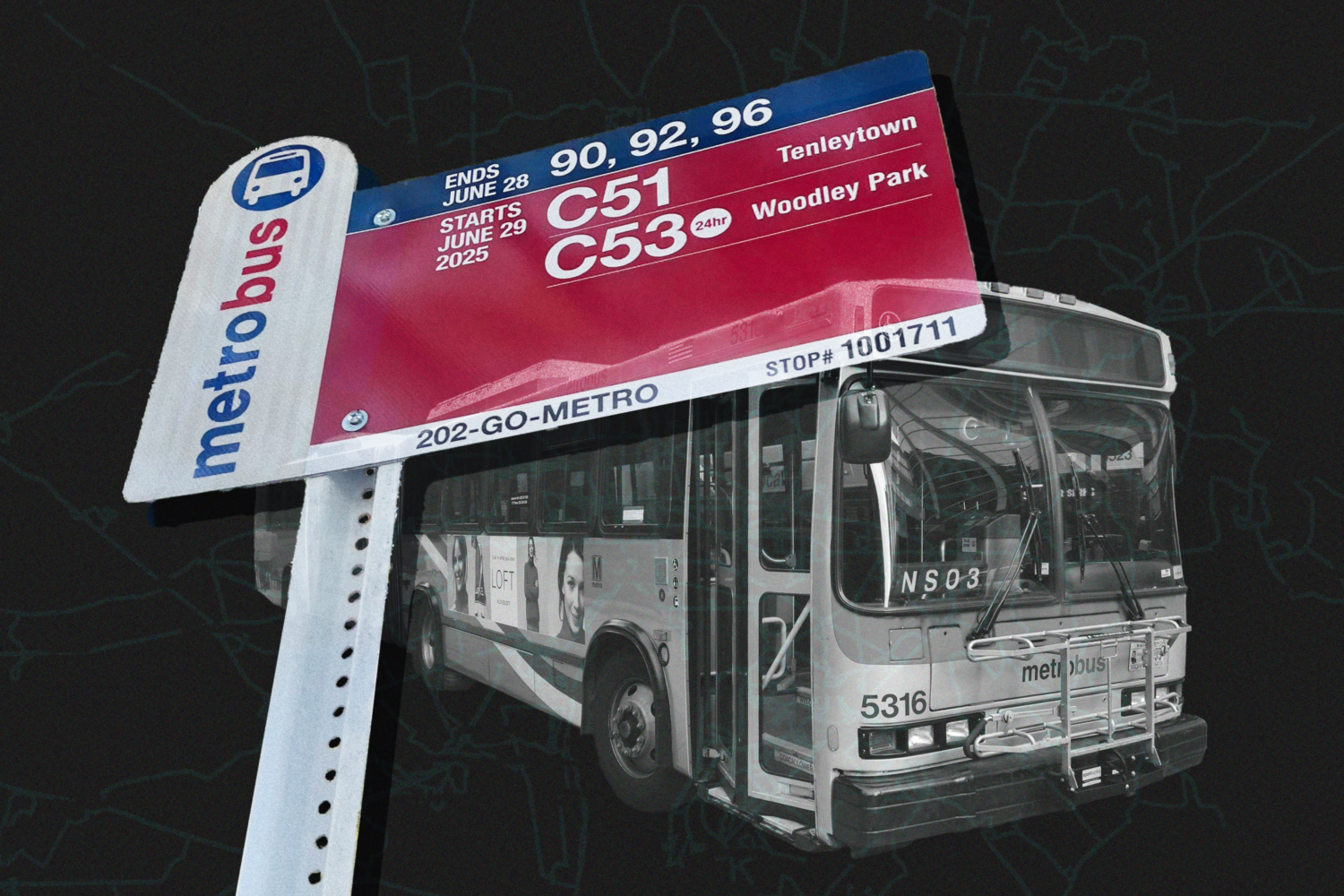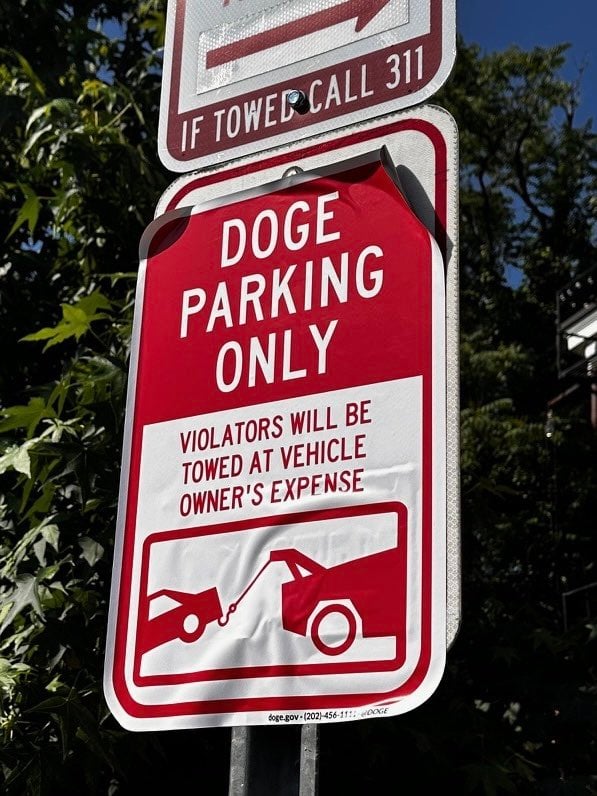More than 80 people who were aboard the Yellow Line Metro train that broke down and filled with smoke last January, leading to one death and hundreds of people requiring medical attention, plan to file lawsuits against the Washington Metropolitan Area Transit Authority on Tuesday, the one-year anniversary of the incident.
The lawsuits, which are being filed individually in DC Superior Court rather than as a class action, represent Metro riders who suffered a range of injuries, some of which required overnight hospital stays and extensive medical treatment, after being trapped in a dark, idled train that filled up with lethal smoke. Personal-injury law firms Cohen & Cohen and Ashcraft & Gerel are representing the bulk of the survivors, and plan to share details of some of the individual suits at a press conference tomorrow.
The incident led to the death of 61-year-old Arlington resident Carol Glover, who medical examiners declared dead from acute respiratory failure. Glover’s family has filed a $50 million lawsuit against Metro and is being represented by Patrick Regan, an attorney with a history of representing victims of the transit agency’s mishaps. Regan is not involved in the suits that will be filed tomorrow.
Several survivors of the incident told Washingtonian in December the episode made them afraid to take public transit. “I just can’t deal with any more tunnels or any more trains,” said Steve McCraw, who carried Glover out of a darkened, smoke-filled Metro car when passengers on the affected train were finally rescued.
A press release about the lawsuits states that Metro has not disclosed the contaminants in the deadly smoke, possibly impairing the medical treatments of the affected riders.
Authorities believe the smoke incident was triggered by electrical arcing from an insulator on the powered third rail in the tunnel departing the L’Enfant Plaza station. Electrical arcing occurs when an insulator gives off a plasma discharge. While discharges occur fairly often—Metro’s 117 miles of track contains about 100,000 insulators—Metro’s mechanical records show arcing incidents result in smoke or fires about twice per month. A Federal Transit Administration report issued five months after the Yellow Line incident found the frequency of track fires increased in early 2015 over the previous year. The FTA assumed direct oversight of Metro’s safety in October.
Metro is not commenting on the lawsuits. “As a matter of policy we do not comment on active or pending litigation,” agency spokesman Dan Stessel says.



















